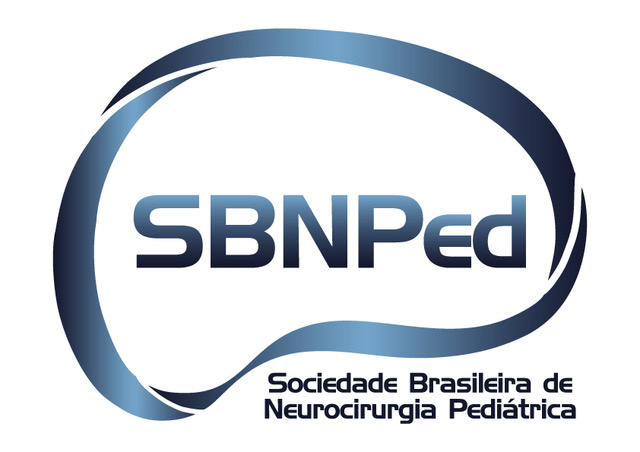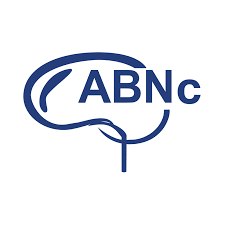Twenty Year review of a Single Surgeon's Experience for craniosynostosis surgery
DOI:
https://doi.org/10.46900/apn.v5i1.182Keywords:
craniosynostosis, craniofacial, pediatric neurosurgery, skull deformity, geneticsAbstract
Introduction: Nonsyndromic craniosynostosis (NC) is more commonly encountered than syndromic cases in pediatric craniofacial surgery. Affected children display characteristic phenotypes according to the suture or sutures involved. This study aims to report a single surgeon experience with surgery for primary craniosynostosis correction.
Methods: A retrospective review was carried out including all cases performed by the same surgeon between 2001 and 2021. The clinical data of 356 patients (371 surgeries) with primary craniosynostosis that have undergone surgery were retrospectively analyzed.
Results: There were 232 (65.1%) males and 124 (34.9%) females, with most of the male preponderance occurring due to the trigonocephaly (86%) and scaphocephaly (84.5%) groups. A female predominance was observed only in brachycephaly group (64.8%). There was a statistically significant male predominance between non-syndromic versus syndromic cases (p=0.0001). The most frequent forms in non-syndromic forms were scaphocephaly in 136 (51.5%), trigonocephaly in 48 (18.1%), anterior plagiocephaly in 47 (17.8%), and brachycephaly in 35 (13.2%). A named syndrome was present in 57 (16%). Genetic syndromes presented more commonly than expected with bilateral synostosis, the Kleeblattschadel deformity, and multiple suture synostosis (p=0.001). Complications were observed in 15 (4.2%). Intraoperative hemorrhage and CSF leakage were the most common ones. Morbidity was significantly associated with monobloc fronto-facial advancement. The mean follow-up was 3.7 years (9 months to 22 years). Morphological results in NC were classified in category I in 210 (70.2%), II in 82 (27.9%), and III in 7 (1.9%) cases for NC.
Conclusions: Non-syndromic craniosynostosis can be corrected with good outcomes and relatively low morbidity and mortality. For syndromic cases a multidisciplinary team is fundamental to archieve satisfactory results.
Downloads

Downloads
Published
How to Cite
Issue
Section
License
Copyright (c) 2022 Ricardo Santos de Oliveira

This work is licensed under a Creative Commons Attribution 4.0 International License.

When publishing in Archives of Pediatric Neurosurgery journal, authors retain the copyright of their article and agree to license their work using a Creative Commons Attribution 4.0 International Public License (CC BY 4.0), thereby accepting the terms and conditions of this license (https://creativecommons.org/licenses/by/4.0/legalcode).
The CC BY 4.0 license terms applies to both readers and the publisher and allows them to: share (copy and redistribute in any medium or format) and adapt (remix, transform, and build upon) the article for any purpose, even commercially, provided that appropriate credit is given to the authors and the journal in which the article was published.
Authors grant Archives of Pediatric Neurosurgery the right to first publish the article and identify itself as the original publisher. Under the terms of the CC BY 4.0 license, authors allow the journal to distribute the article in third party databases, as long as its original authors and citation details are identified.





























